Animalia
White satin moth
Leucoma salicis
Andreja Kavčič
|
|
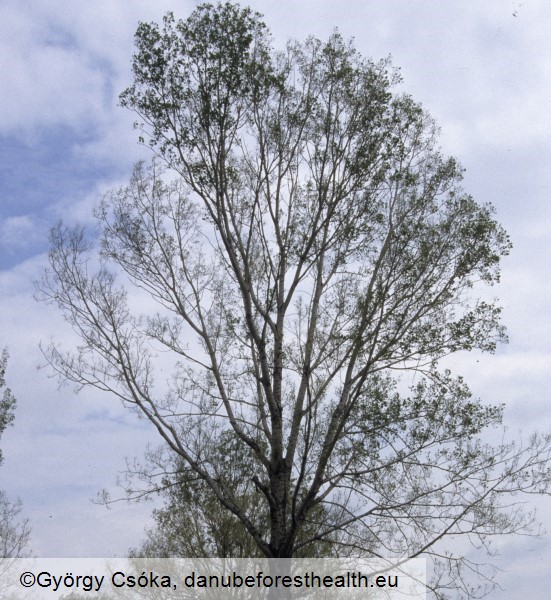
Fig. 1. Defoliation caused by the white satin moth, Leucoma salicis larvae

Fig. 2. A Leucoma salicis adult
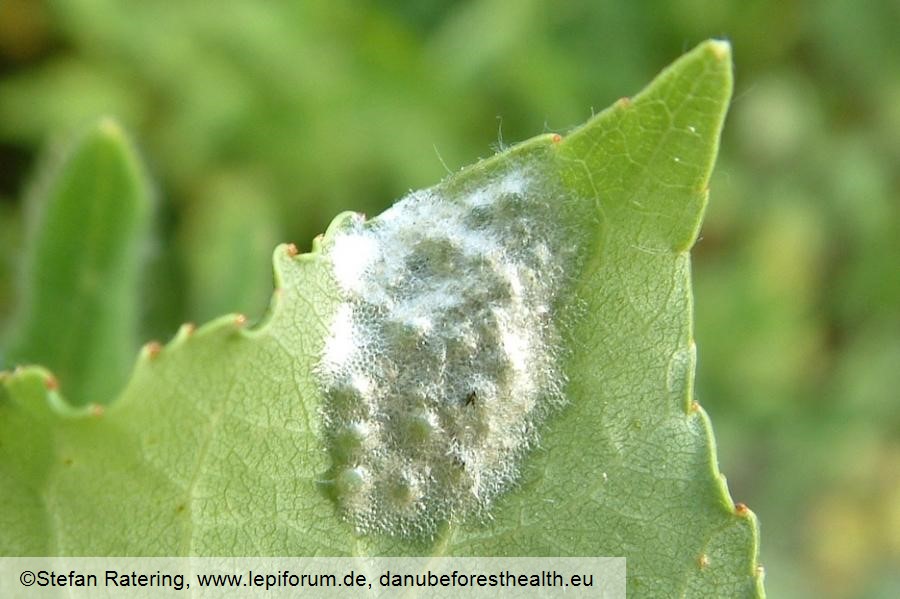
Fig. 3. Leucoma salicis egg mass
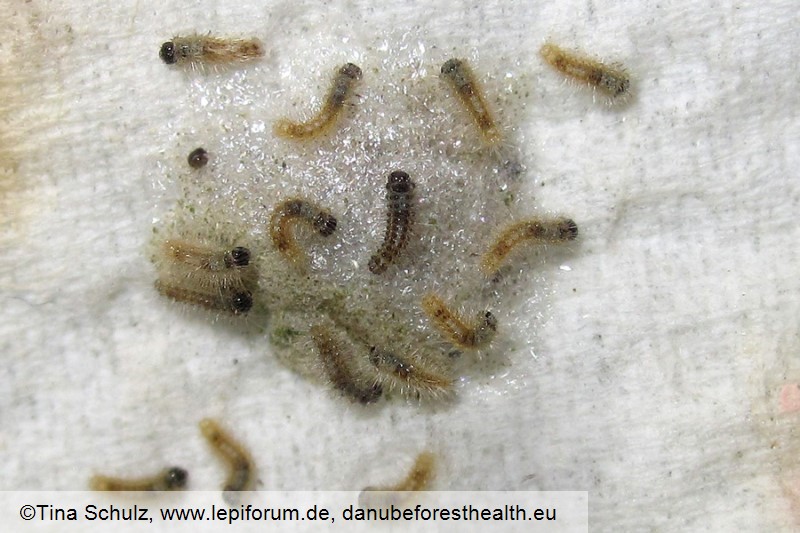
Fig. 4. Leucoma salicis first instar larvae
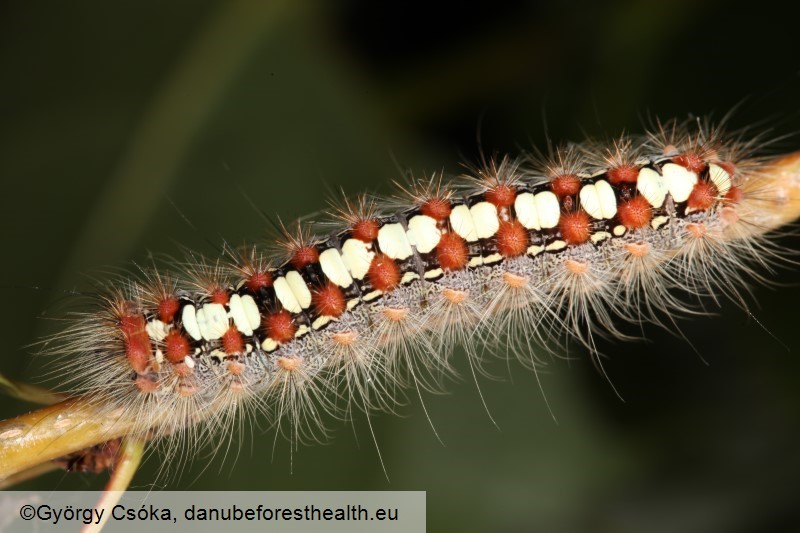
Fig. 5. A Leucoma salicis larva
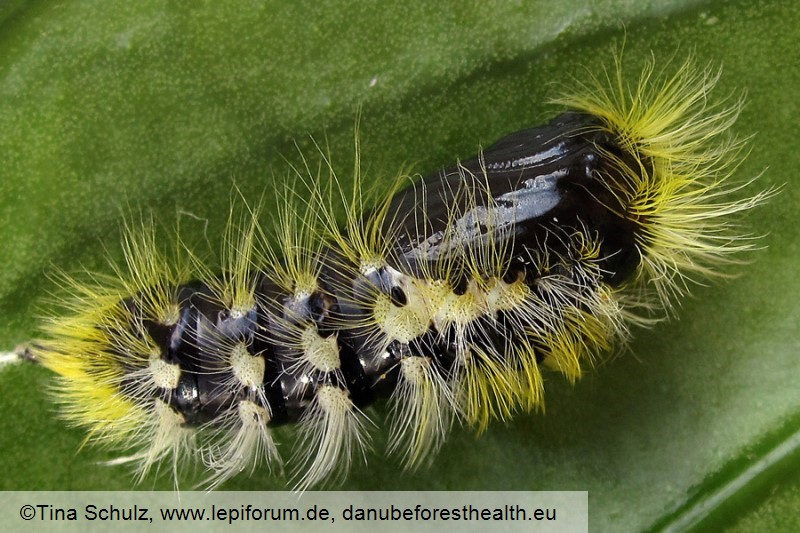
Fig. 6. A Leucoma salicis pupa
DETECTION PERIOD:
April to September, overwintering larvae can be seen from October to March
DESCRIPTION:
Adults are 20–26 mm long white moths, with the wingspan of 37–50 mm. The body is black, covered in dense white hair. The wings have a satin luster, which gives the species its name. It has 2–3 generations per year. The moth overwinters as a newly hatched larva, protected with bits of bark and mosses on the trunk or on branches. Overwintered larvae resume feeding early in the spring, which can cause defoliation already in April. It pupates in April in a cocoon spun among the leaves. Pupa is 15–22 mm long, black with tufts of yellow hair. Adults swarm in May – June and in August – September. Females lay eggs as egg masses on host plants and cover them with a white secretion. Caterpillars are greyish black, 35–45 mm in length when fully grown. They have conspicuous white marks along the dorsal side of the body. Each body segment bears a pair of reddish-brown tubercles, each with a tuft of long hair. Larvae feed on leaves.
HABITAT:
It can be found on poplars (Populus spp.) and willows (Salix spp.) in natural habitats, nurseries, plantations and urban areas at lower altitudes.
STATUS:
Leucoma salicis is a palearctic species. It is common and widespread in Europe, including the ReFOCUS area.
IMPACT:
Damage is caused by larvae that feed on leaves and cause defoliation. It causes serious damage in nurseries, plantations and urban areas. Caterpillars cause inflammatory responses in humans.
SIMILAR SPECIES:
Adults resemble the browntail moth (Euproctis chrysorrhoea), which has a characteristic brown abdomen. Caterpillars resemble the gypsy moth larvae, which are much less white and have pairs of blue and red tubercles on the dorsal side of the body.
|